Understanding the Electromagnetic Spectrum: A Guide
This file provides detailed instructions and an overview of the electromagnetic spectrum. It includes examples of various types of waves and their applications. Perfect for educational purposes, this resource aids in visualizing and learning about electromagnetic waves.
Edit, Download, and Sign the Understanding the Electromagnetic Spectrum: A Guide
Form
eSign
Add Annotation
Share Form
How do I fill this out?
To fill out this file, begin by carefully reading the instructions provided. Next, label the electromagnetic waves as instructed in the charts. Finally, ensure all sections are completed based on your observations of the Wavestown diagram.
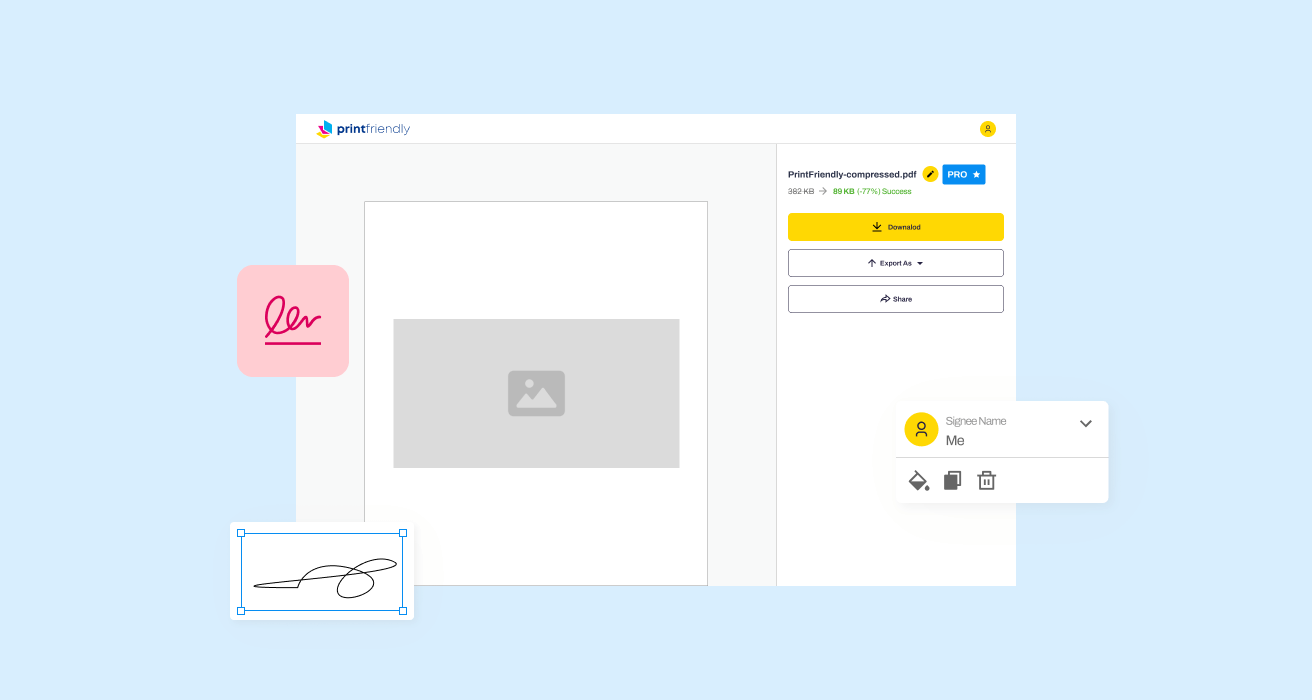
How to fill out the Understanding the Electromagnetic Spectrum: A Guide?
1
Read the instructions carefully.
2
Label the chart with the corresponding electromagnetic waves.
3
Match items in the picture to the electromagnetic spectrum.
4
Review your work for completeness.
5
Submit the filled-out form as directed.
Who needs the Understanding the Electromagnetic Spectrum: A Guide?
1
Students studying physics to understand electromagnetic waves.
2
Teachers looking for educational resources on the topic.
3
Researchers in the field of optics or communications.
4
Weather personnel using radar data.
5
General readers interested in science and technology.
How PrintFriendly Works
At PrintFriendly.com, you can edit, sign, share, and download the Understanding the Electromagnetic Spectrum: A Guide along with hundreds of thousands of other documents. Our platform helps you seamlessly edit PDFs and other documents online. You can edit our large library of pre-existing files and upload your own documents. Managing PDFs has never been easier.

Edit your Understanding the Electromagnetic Spectrum: A Guide online.
Editing your PDF on PrintFriendly is simple and intuitive. Use the tools available to highlight, annotate, and modify text within the document. Our platform ensures that your edits are saved and can be easily downloaded for future reference.

Add your legally-binding signature.
You can sign your PDF directly on PrintFriendly with just a few clicks. Once the document is open, choose the signature option and draw or upload your signature. This feature makes it easy to finalize documents without needing additional software.
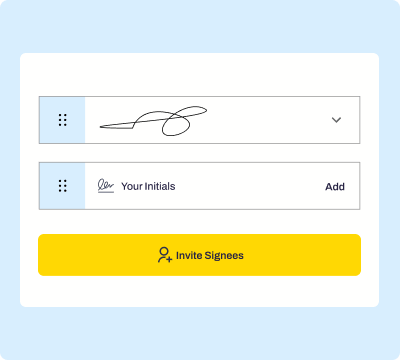
Share your form instantly.
Sharing your PDF is a breeze on PrintFriendly. After editing or signing, simply click the share button to get a link for others to access. You can also download the document and share it through email or other platforms.
How do I edit the Understanding the Electromagnetic Spectrum: A Guide online?
Editing your PDF on PrintFriendly is simple and intuitive. Use the tools available to highlight, annotate, and modify text within the document. Our platform ensures that your edits are saved and can be easily downloaded for future reference.
1
Open the PDF file using our editor.
2
Select the edit option to make your changes.
3
Highlight important sections as needed.
4
Save your edits and preview the document.
5
Download or share the updated version.

What are the instructions for submitting this form?
To submit this form, you can email it as an attachment to your instructor. Alternatively, you may fax it to the provided number or use the online submission form linked on the website. Make sure to keep a copy for your records and verify that your submission was successful.
What are the important dates for this form in 2024 and 2025?
No important dates are associated with this form for 2024 and 2025; it is a general educational resource.

What is the purpose of this form?
The purpose of this form is to educate users on the electromagnetic spectrum. It provides an engaging way to visualize and understand different types of electromagnetic waves. By using this form, users can enhance their knowledge and application of the topic.

Tell me about this form and its components and fields line-by-line.

- 1. Radio Waves: Waves that carry signals for television and cellular communication.
- 2. Microwaves: Waves used in heating food and radar technology.
- 3. Infrared Waves: Waves that provide thermal energy and are involved in night vision.
- 4. Visible Light: Waves visible to the human eye, representing the colors of the rainbow.
- 5. Ultraviolet Waves: Waves that can cause sunburn and have applications in sterilization.
- 6. X-Rays: High-energy waves used in medical imaging.
- 7. Gamma Rays: The highest energy waves with applications in cancer treatment.
What happens if I fail to submit this form?
If you fail to submit this form, you will not have your information processed. Missing submissions may lead to delays in your understanding of the material. Always ensure that you have completed each section before submitting.
- Incomplete Information: Submission without completing all sections will result in missed opportunities for learning.
- Misunderstanding Concepts: Failing to submit could lead to misunderstandings about electromagnetic waves.
- Losing Track of Progress: Not submitting means you lose a record of your effort and findings.
How do I know when to use this form?

- 1. Educational Workshops: Ideal for interactive sessions that teach about electromagnetic waves.
- 2. Classroom Activities: Useful for filling out during science classes.
- 3. Individual Study: Great for self-learners to understand the subject matter.
Frequently Asked Questions
Can I edit my PDF online?
Yes, PrintFriendly allows you to edit your PDF directly in your browser.
Is there a limit to the number of edits?
There is no limit; you can edit as many times as you wish until you are satisfied.
How do I download the edited PDF?
After finishing your edits, simply click the download button to save your document.
Can I share the PDF after editing?
Absolutely! You can use the share functionality to send the link to others.
What formats can I use for signatures?
You can either draw your signature or upload an image.
Is there a cost to use these features?
No, all features are available for free.
Can I annotate PDFs?
Yes, you can add notes and highlights easily.
Will my edits be saved automatically?
Yes, your edits are saved as you work.
Can I print the edited PDF?
Yes, you can print directly from the platform.
What types of documents can I edit?
You can edit a wide variety of PDF documents using PrintFriendly.
Related Documents - EM Spectrum Guide
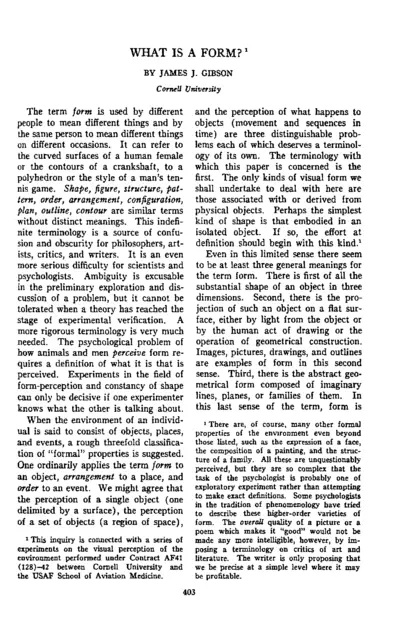
Understanding Form and Form-Perception by James J. Gibson
This document explores various definitions and theories of form, emphasizing the need for precise terminology. It delves into experiments related to the visual perception of form, distinguishing between solid and surface forms. The text critiques traditional views and presents new perspectives on form-perception.
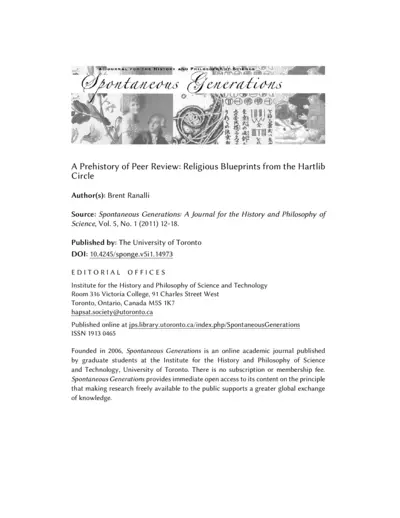
Prehistory of Peer Review: Religious Blueprints
This file explores the origins and development of peer review in science, tracing its roots to religious scholars in the Hartlib circle. It discusses the influence of the Royal Society of London and other early scientific organizations. The content is based on extensive historical research and analysis.
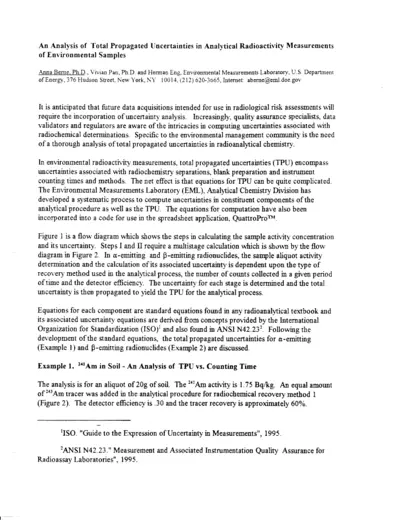
Analysis of Uncertainties in Radioactivity Measurements
This document discusses the uncertainties in analytical radioactivity measurements of environmental samples. It includes detailed equations and methods for calculating total propagated uncertainties. Useful for quality assurance specialists, data validators, and radiochemical analysts.
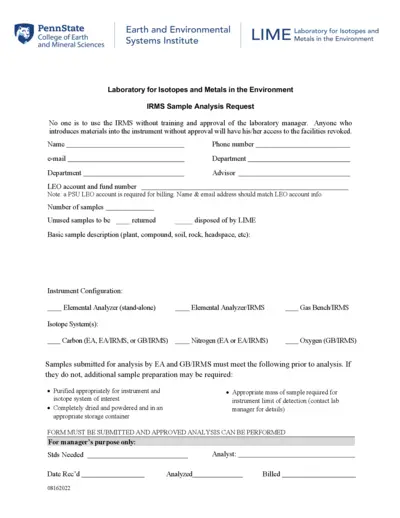
IRMS Sample Analysis Request Form Guidelines
This file contains instructions and details about the IRMS Sample Analysis Request Form. It is used to request sample analysis in the Laboratory for Isotopes and Metals in the Environment. Ensure you have the required approvals before using the IRMS.
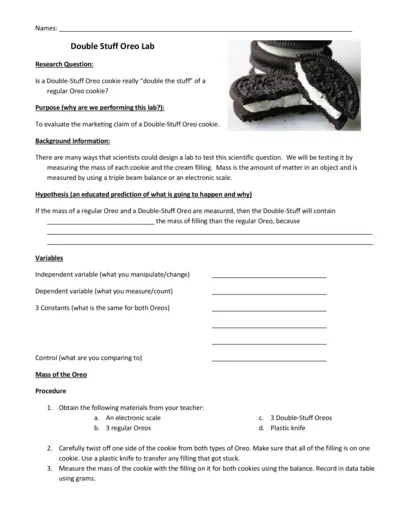
Double Stuff Oreo Cookie Science Experiment
This file contains details and instructions for conducting a science experiment to evaluate the marketing claim of Double-Stuff Oreo cookies. Users will measure the mass of regular and Double-Stuff Oreo cookies along with their fillings. It guides users through the process of data collection, calculation, and analysis using the scientific method.
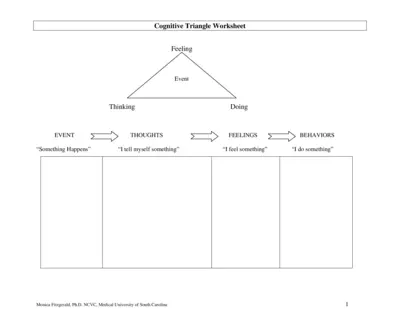
Cognitive Triangle Worksheet Instructions and Details
This file provides an overview and detailed instructions on how to use the Cognitive Triangle Worksheet. It helps users understand the relationship between their thoughts, feelings, and behaviors. Perfect for those interested in cognitive-behavioral strategies.

Engaging Doctor Pretend Play Printables for Kids
Transform playtime with free doctor pretend play printables designed for kids. These fun tools foster creativity and learning through imaginative play. Perfect for children from toddlers to first graders.

Buffer Solutions: Understanding Their Functionality
This file provides comprehensive insights into buffer solutions, including their preparation and pH resistance mechanisms. Ideal for chemistry students and professionals seeking to understand buffer systems. Practice problems included for hands-on learning.
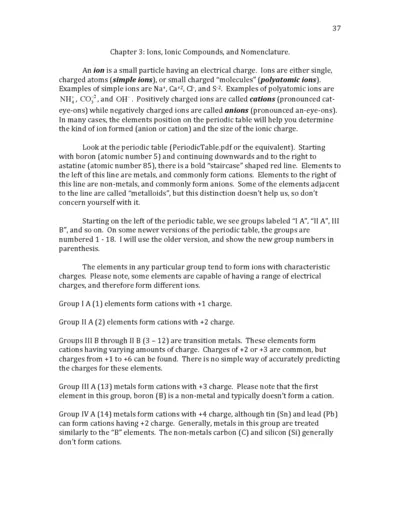
Ions and Ionic Compounds: Understanding Nomenclature
This file provides a comprehensive overview of ions, including their types, charges, and nomenclature rules. It covers essential details such as simple and polyatomic ions, and how to name them correctly. Perfect for students and professionals looking to deepen their understanding of ionic compounds.

Biology Form 3 Notes and Instructions
This file contains detailed biology notes for Form 3 students. It covers essential topics such as organism classification and characteristics of various kingdoms. Perfect for studying and exam preparation.
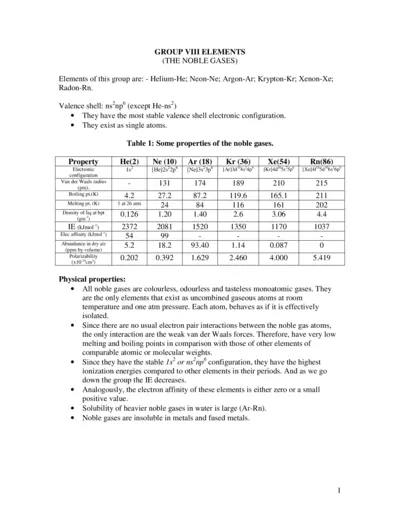
Noble Gases Properties and Chemical Behavior
This document provides a comprehensive overview of the noble gases, their properties, and chemical behaviors. It includes information on individual gases, their electronic configurations, and compound formations. Ideal for students and professionals in chemistry.
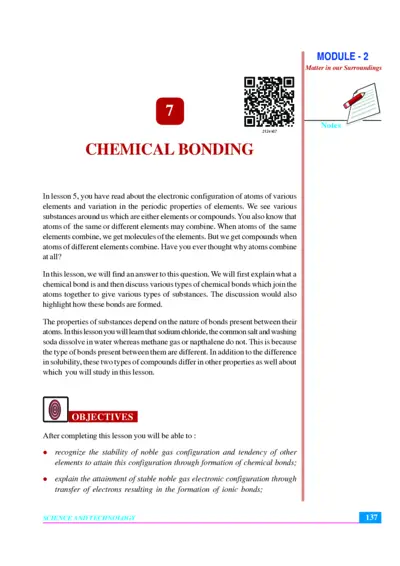
Chemical Bonding and Matter in Our Surroundings
This file provides detailed insights into chemical bonding, including ionic and covalent bonds. It covers the principles of matter in our surroundings and the electronic configurations of elements. Ideal for students and educators in chemistry to enhance their understanding.